Blog
- A look at the entire DJI Power range, 2000, 1000 V2, 1000, and 500, and how they measure up against each other.
- Discover the newly launched Power 1000 V2 (1024Wh with upgraded safety features) and Power 2000 (2048Wh, and more ports).
- See how these portable power stations keep your drones, appliances, and tech fully charged anywhere from remote locations, to a home bakup power source.
- Comparison key specs across the series, including power capacity, ports, and dimensions.
- Review charge times for drone batteries and household appliances.
- Learn about the multiple charging options available: grid, solar, car, and hybrid charging.
- Explore accessory compatibility throughout the range.
- Find out which DJI Power station is the best fit for your needs.
The DJI Power series sets a new standard for portable power, offering high-capacity, reliable charging for drones, devices, and 99% of household appliances, wherever you are.
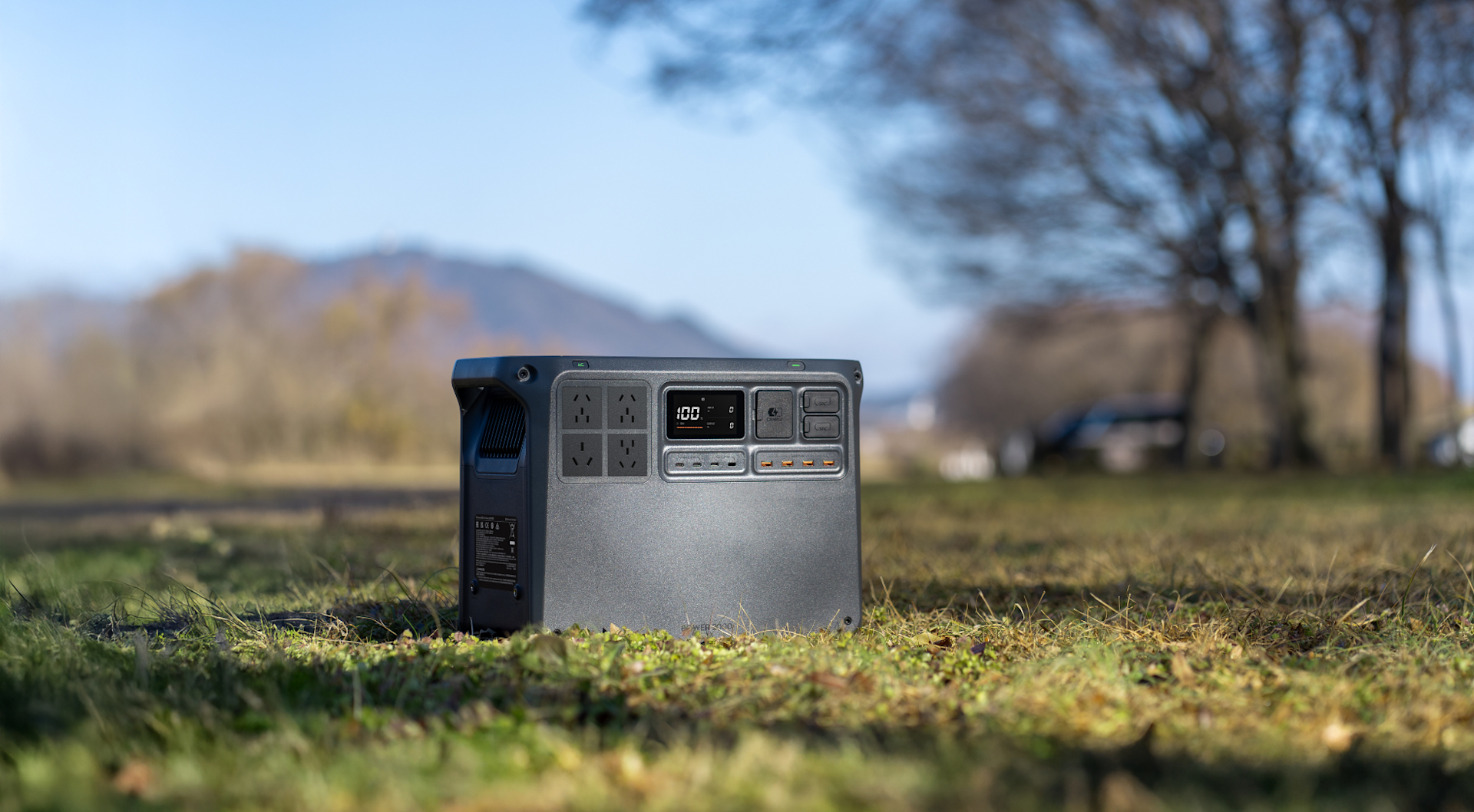
DJI Power 2000
With the recent launches of the DJI Power 2000 and Power 1000 V2, we’ve taken an in-depth look at the full DJI Power series including the Power 1000, and Power 500.
In this blog, we compare the key specs, standout features, and use cases across the Power series to help you decide which portable power station is the best fit for you.
The DJI Power series at a glance
All four units in the DJI Power series deliver high-capacity portable power and ultra-quiet operation, with flexible charging options including grid, solar, and car.
So if you’re heading to a remote location, whether for a holiday, filming project, or industrial drone inspection, a DJI Power station can keep your tech running for hours or even days.
Deciding which of the series is best for you ultimately comes down to the power capacity you require.
The Power 2000 offers the highest capacity—double that of the Power 1000 V2 and 1000—plus the most ports, making it the most heavy-duty option in the range. In contrast, the Power 500 is the smallest and most portable, ideal if you need something easier to carry.
For those after a middle ground, the Power 1000 offers strong capacity in a compact size. The Power 1000 V2 adds advanced safety features, including more temperature sensors and a potting process for reliable performance in tough conditions.
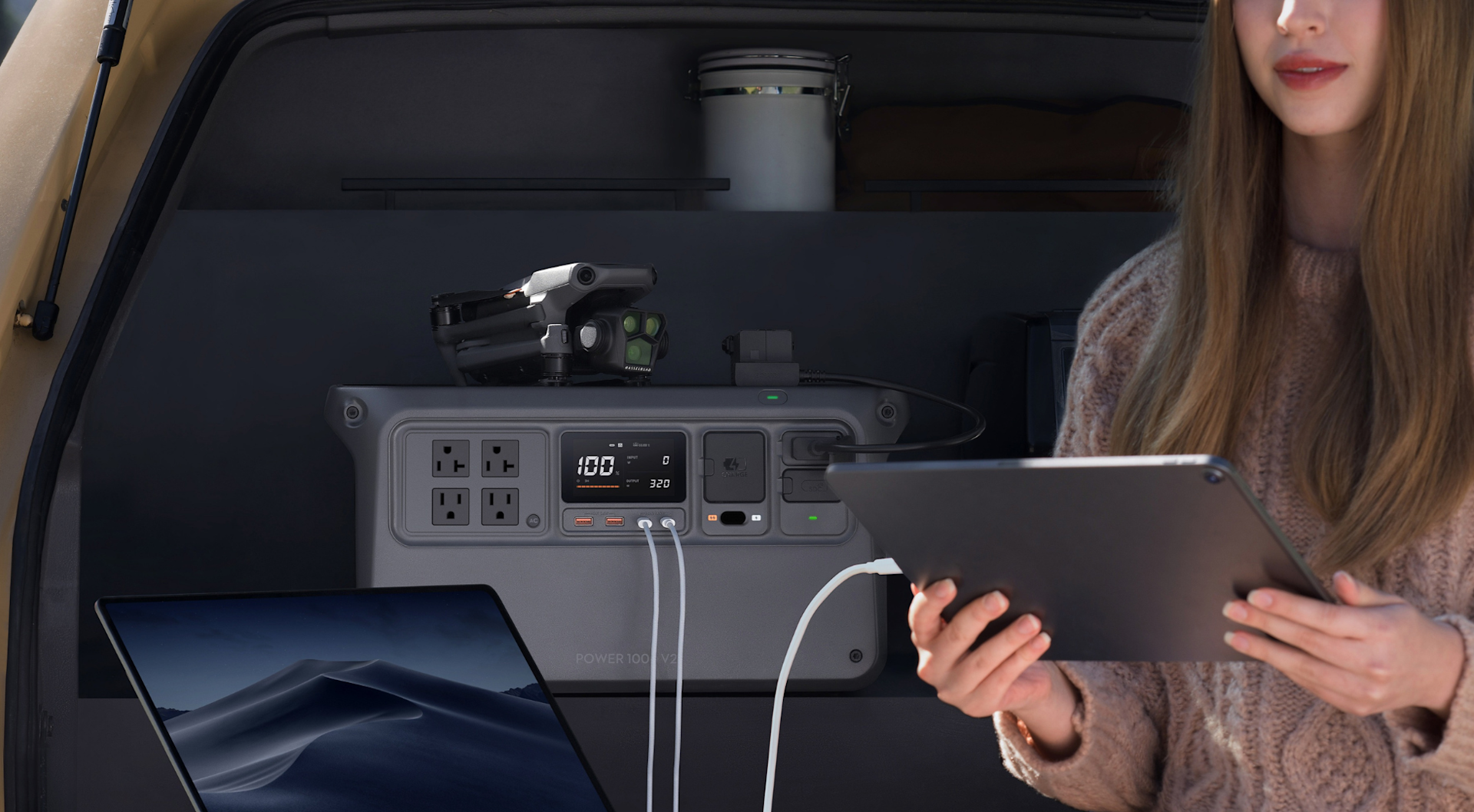
DJI Power 1000 V2
The Power series can be managed via the DJI Home App, allowing you to control AC output, adjust settings, and monitor real-time power status and connected accessories remotely. For example, if you forget to turn the unit off while away, you can simply shut it down from your phone.
DJI Power 2000 vs Power 1000 V2 vs Power 1000 vs Power 500
Let’s take a look at the key specs of the Power series.
| Specification | Power 2000 | Power 1000 V2 | Power 1000 | Power 500 |
|---|---|---|---|---|
| Capacity | 2048 Wh | 1024Wh | 1024 Wh | 512 Wh |
| Maximum Continuous Output | 3000 W | 2600 W | 2200 W | 1000 W |
| Number of Ports | AC Output × 4 USB-C × 4 USB-A × 4 SDC × 2 AC Input × 1 | AC Output × 2 USB-C × 2 USB-A × 2 SDC × 1 SDC Lite × 1 AC Input × 1 | AC Output × 2 USB-C × 2 USB-A × 2 SDC × 1 SDC Lite × 1 AC Input × 1 | AC Output × 2 USB-C × 2 USB-A × 2 SDC Lite × 1 AC Input × 1 |
| Weight | Approx. 22 kg | Approx. 14.2 kg | Approx. 13 kg | Approx. 7.3 kg |
| Dimensions (L×W×H) | 448 × 225 × 324 mm | 448 × 225 × 230 mm | 448 × 225 × 230 mm | 305 × 207 × 177 mm |
| Battery Life | 4000 Cycles | 4000 Cycles | 4000 Cycles | 4000 Cycles |
| Charging Methods | Grid Power Car Power Solar Power Hybrid | Grid Power Car Power Solar Power | Grid Power Car Power Solar Power | Grid Power Car Power Solar Power USB-C Recharging |
| Maximum Solar Input | 140 W | 140 W | 140 W | 100 W |
| Temperature Ranges | Power Supply: -10° to 45° C (14° to 113° F) Recharging: 0° to 45° C (32° to 113° F) Storage: -10° to 45° C (14° to 113° F) | Power Supply: -10° to 45° C° C (14° to 113° F° F) Recharging: 0° to 45° C° C (32° to 113° F° F) Storage: -10° to 45° C° C (14° to 113° F° F) | Power Supply: -10° to 45° C (14° to 113° F) Recharging: 0° to 45° C (32° to 113° F) Storage: -10° to 45° C (14° to 113° F) | Power Supply: -10° to 45° C (14° to 113° F) Recharging: 0° to 45° C (32° to 113° F) Storage: -10° to 45° C (14° to 113° F) |
Despite their differences, all stations have the same temperature ranges and battery life cycles, ensuring dependable performance wherever you use them.
The Power 500 sacrifices some capacity for maximum portability and adds the advantage of USB-C recharging, giving you flexible options for topping up your power bank on the go.
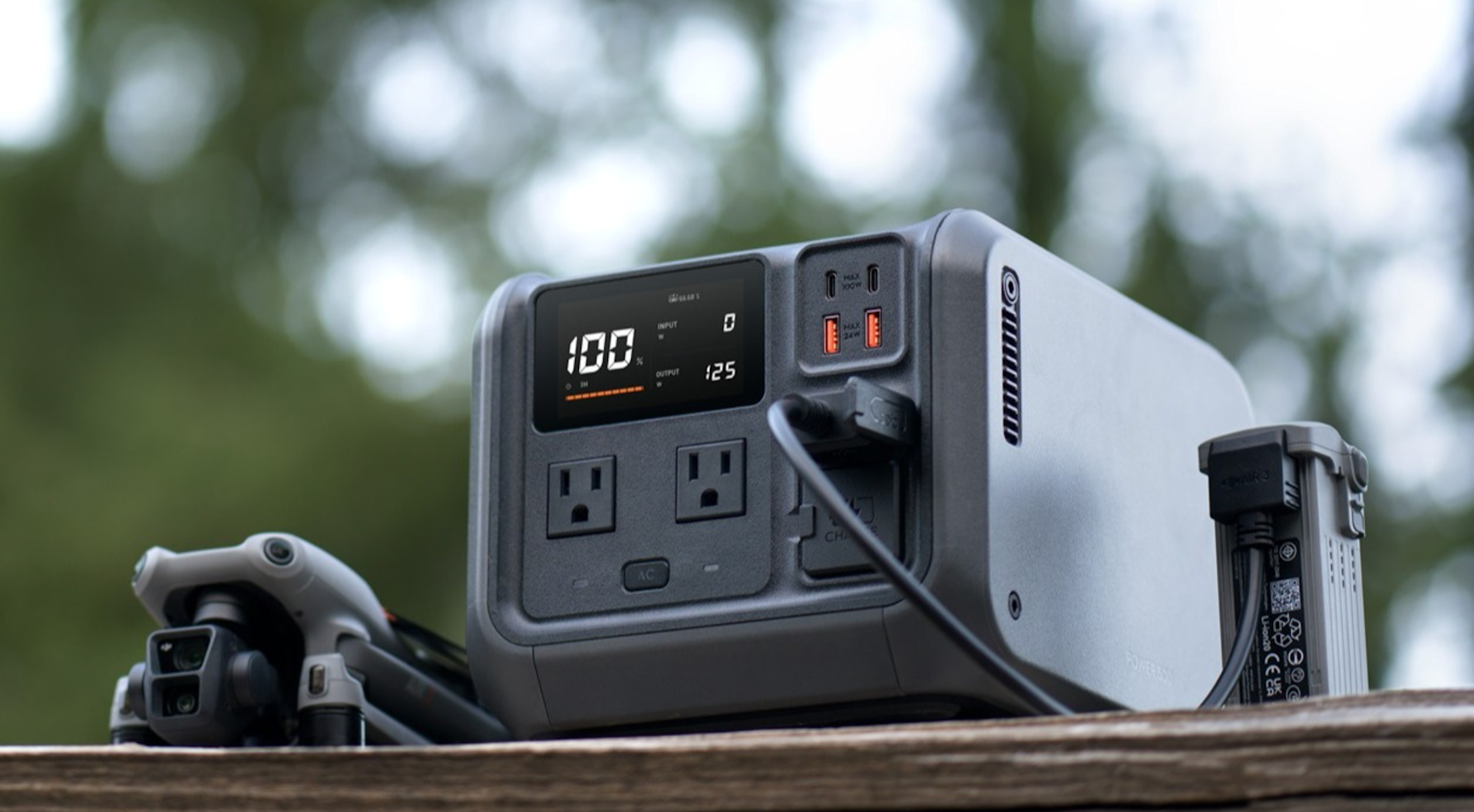
DJI Power 500
The Power 2000 stands out with its high capacity, ability to keep multiple devices running for longer, and support for hybrid charging, but is a much heavier unit, and the Power 1000 stations sit in the middle, offering a practical combination of power and size.
The Power 1000 V2 is slightly heavier, partly due to its extra safety features. With this added weight comes more advanced protection, including more temperature sensors, greater circuit protection, and a potting process in the BMS for greater safety and durability (more on these features later).
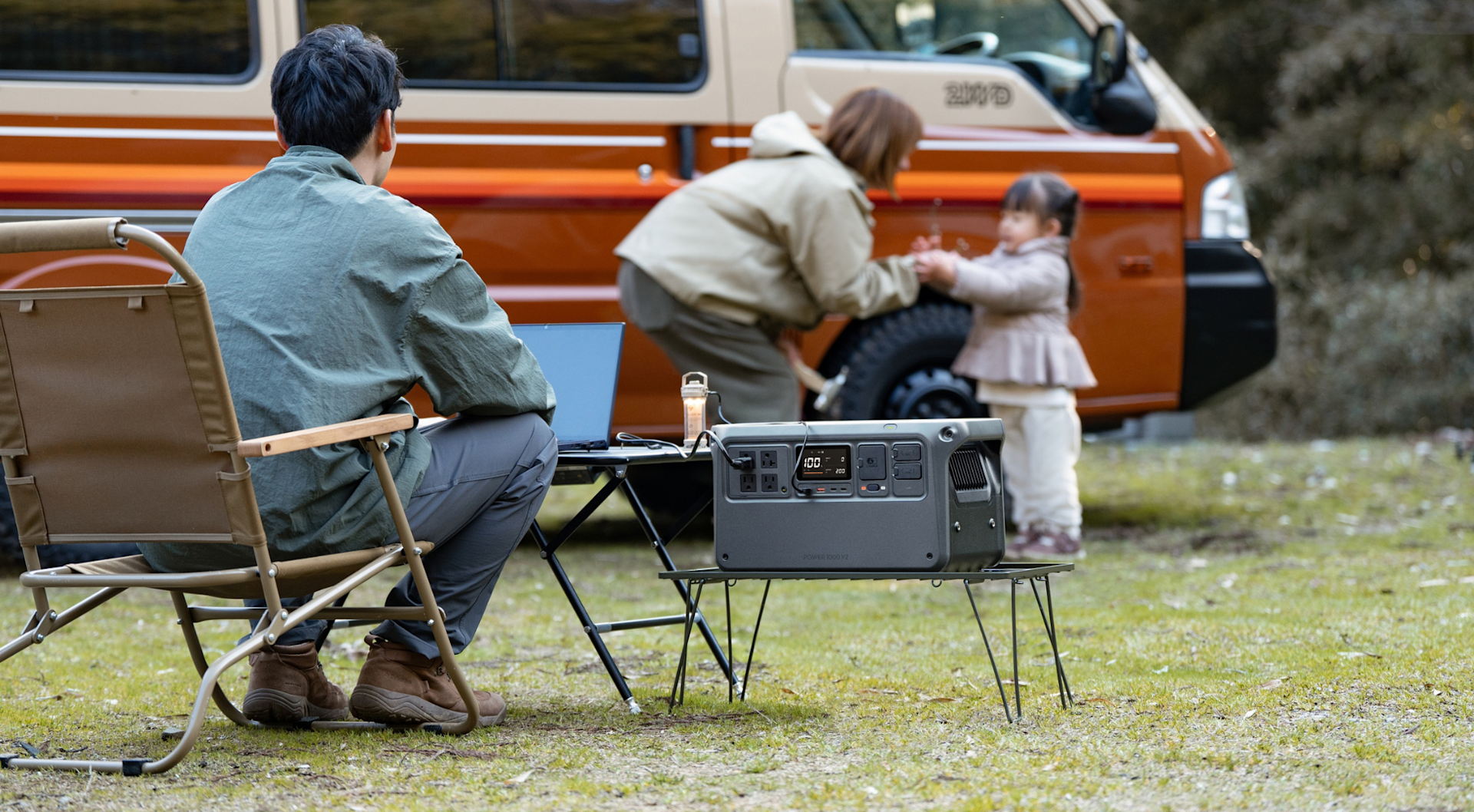
DJI Power 1000 V2
With the exception of the Power 500, the power stations can be paired with the 2048 Wh Power Expansion Battery 2000, allowing you to significantly increase total capacity for longer jobs or emergency backup. The Power 1000 V2 and 1000 can support up to five batteries, and the Power 2000 can support up to ten.
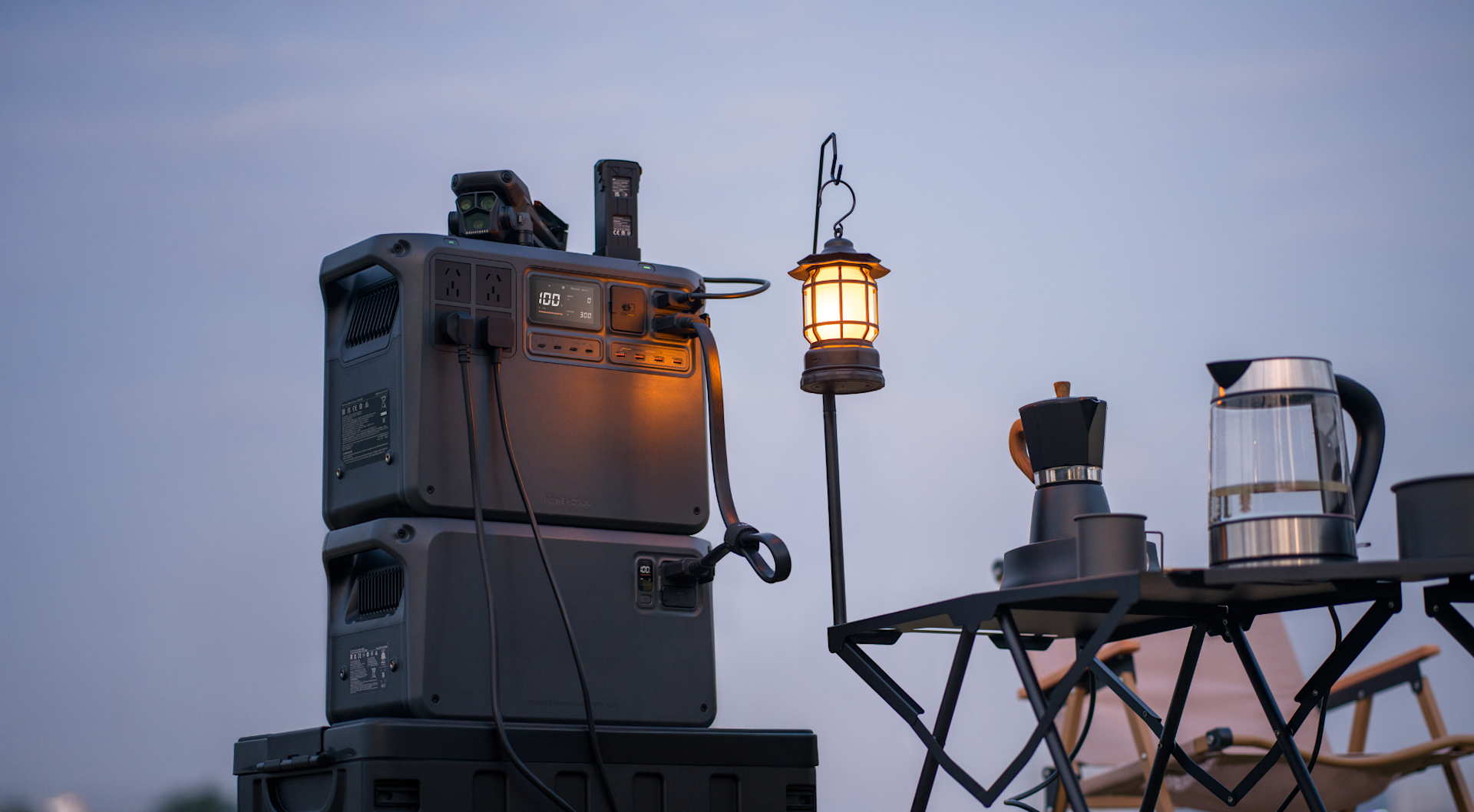
DJI Power 2000 and Power Expansion Battery 2000
Real-world uses for DJI Power Stations
With a range of power capacities and broad compatibility with most tech (as long as it connects to one of the available ports), these portable stations are suitable for any situation where you need to keep your devices running.
Top uses include:
- Extending drone missions: Quickly charge your drone batteries in the field, ideal for off-grid locations.
- Film and TV production: Keep your filming equipment fully charged.
- Camping and outdoor activities: Charge your devices and power lights.
- Home Backup: Use the Power series to keep your tech and appliances functioning in a power outage.
For outdoor usage, the Power 2000 and Power 1000 V2 stand out above the rest. Their upgraded BMS features a new potting process that protects the inverter, ensuring safe and reliable operation even in rain, condensation, or salt spray. This makes them perfect for camping by the sea, travelling at high altitudes, or working in unpredictable outdoor environments.
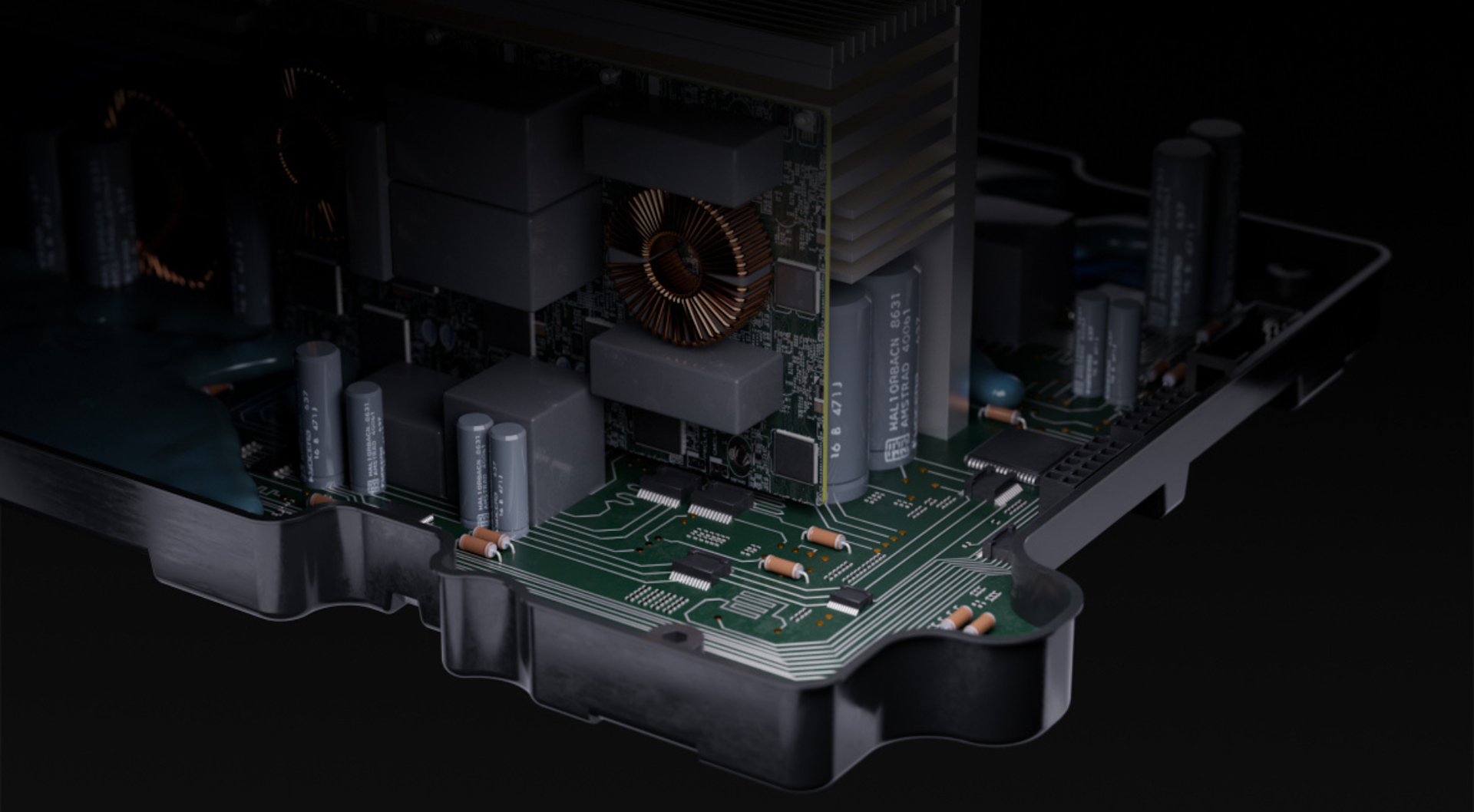
Potting process
Power station appliance run times
A comparison how long each station can support common appliances.
| Device / Appliance | Power 2000 | Power 1000 V2 | Power 1000 | Power 500 |
|---|---|---|---|---|
| Photography lighting equipment | 2.4 hours | 1.2 hours | 1.2 hours | 65 minutes |
| Electric fan | 18 hours | 9 hours | 9 hours | 4.7 hours |
| Car refrigerator | 18 hours | 19 hours | 19 hours | 9.7 hours |
| Lamp | 180 hours | 92 hours | 92 hours | 47 hours |
Charging times for DJI drone batteries
The Power 1000 is a field favourite, popular amongst organisations conducting lengthly drone inspectionswhile the Power 2000 offers even greater capacity and more ports for charging multiple batteries simultaneously.
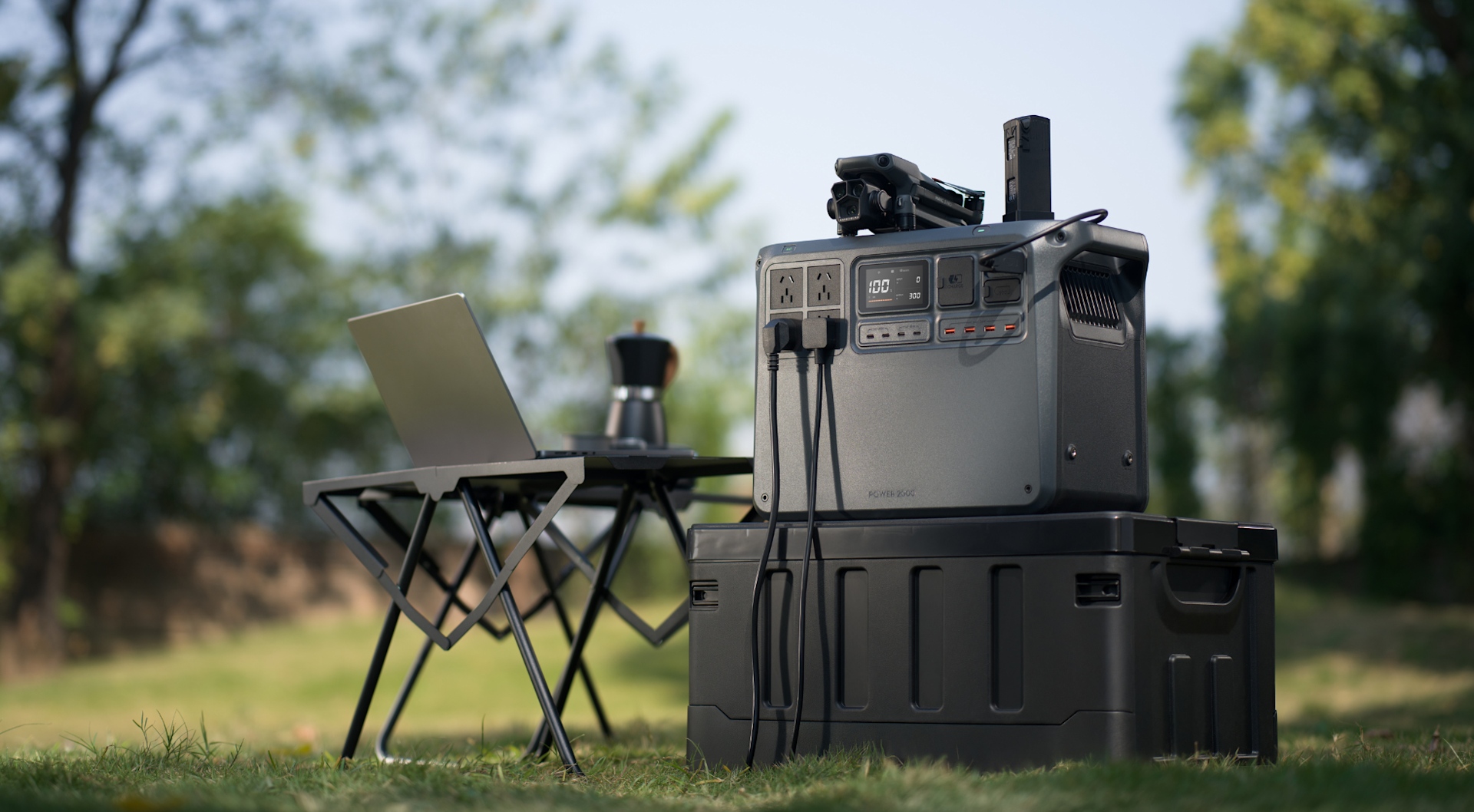
DJI Power 2000
Check out how long it takes each power station to charge drone batteries from 10% to 95%.
Power 2000:
- Mavic 3 Series Intelligent Flight Battery: 32 minutes.
- Air 3 Series Intelligent Flight Battery: 30 minutes.
- Matrice 4 Series Intelligent Flight Battery: 35 minutes.
Power 1000 V2
- Air 3 Series Intelligent Flight Battery: 30 minutes.
- Inspire 3 TB51 Intelligent Flight Battery: 28 minutes.
- Matrice 4 Series Intelligent Flight Battery: 32-35 minutes.
Power 1000
- Mavic 3 Series Intelligent Flight Battery: 32 minutes.
- DJI Air 3 Intelligent Flight Battery: 30 minutes.
- Inspire 3 TB51 Intelligent Flight Battery: 28 minutes.
Power 500
- Mavic 3 Series Intelligent Flight Battery: 32 minutes.
- DJI Air 3 Intelligent Flight Battery: 30 minutes.
- Inspire 3 TB51 Intelligent Flight Battery: 28 minutes.
Keeping your power stations fully charged
All DJI Power stations support grid, solar, and car charging, giving you flexible options wherever you are.
For maximum efficiency the Power 2000 also features hybrid charging, allowing you to top up using both AC and DC sources simultaneously, and the Power 500 supports USB-C charging.
Grid Charging:
- The Power 2000 recharges to 80% in just 55 minutes via AC, impressive given its size.
- The new Power 1000 V2 is even faster—80% in only 37 minutes and fully charged in 56 minutes.
- The original Power 1000 also performs well, reaching 80% in 50 minutes and a full charge in 70 minutes.
- The Power 500 matches the 50-minute benchmark for 80% charge, keeping downtime minimal even on quick jobs.
Solar Charging:
All models are solar-compatible, with the Power 1000 V2 supporting up to 1800W solar input for ultra-fast recharging, the Power 1000 handling up to 800W, and the Power 500 accepting up to 300W—making it easy to recharge off-grid.
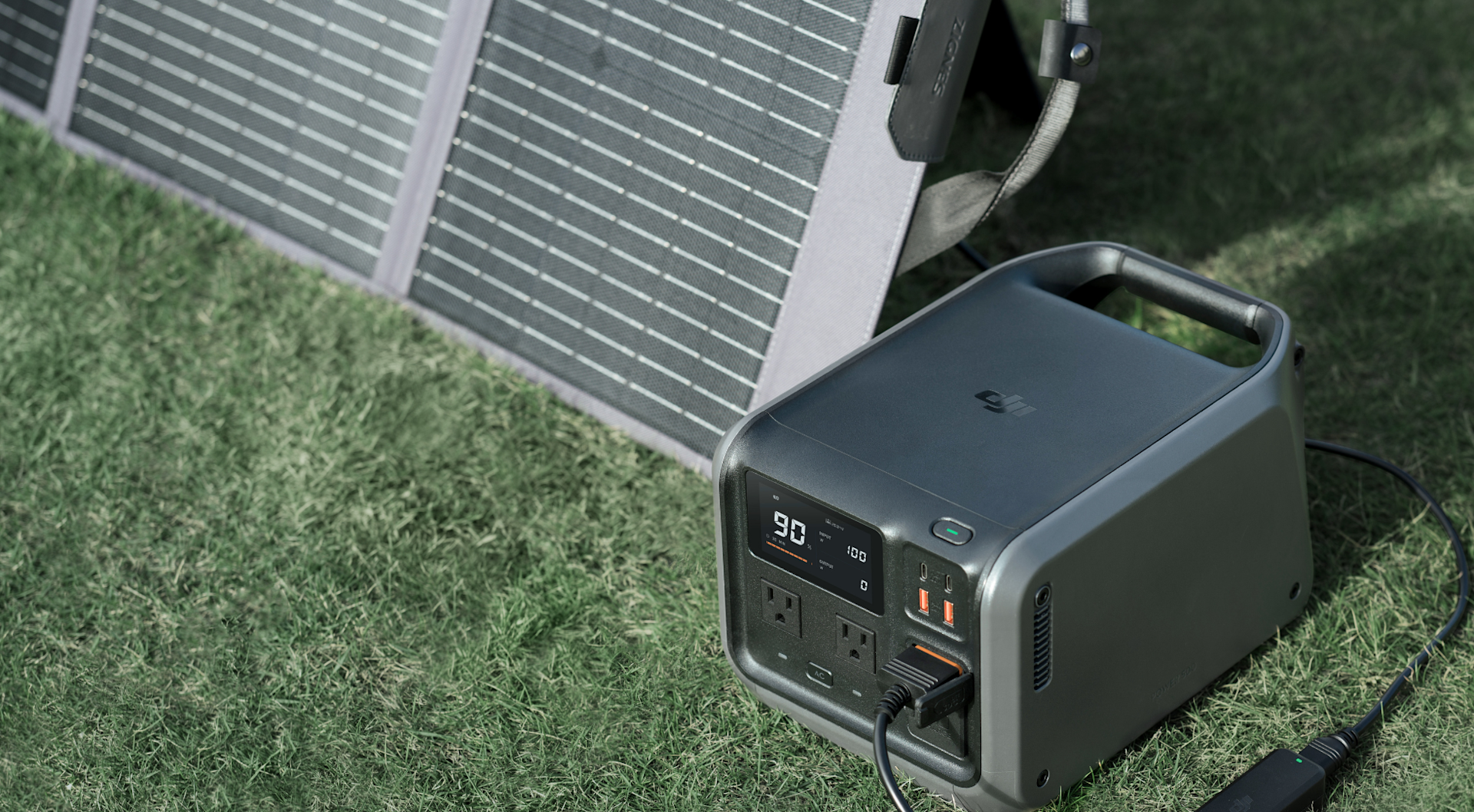
DJI Power 500
Each of the stations can be used with the DJI Power Solar Adapter and Zignes Solar Panels.
Car Charging: Each station can be recharged using a car charger, ideal for charging on the move or during long trips. This ensures you’re never without power, even in remote locations.
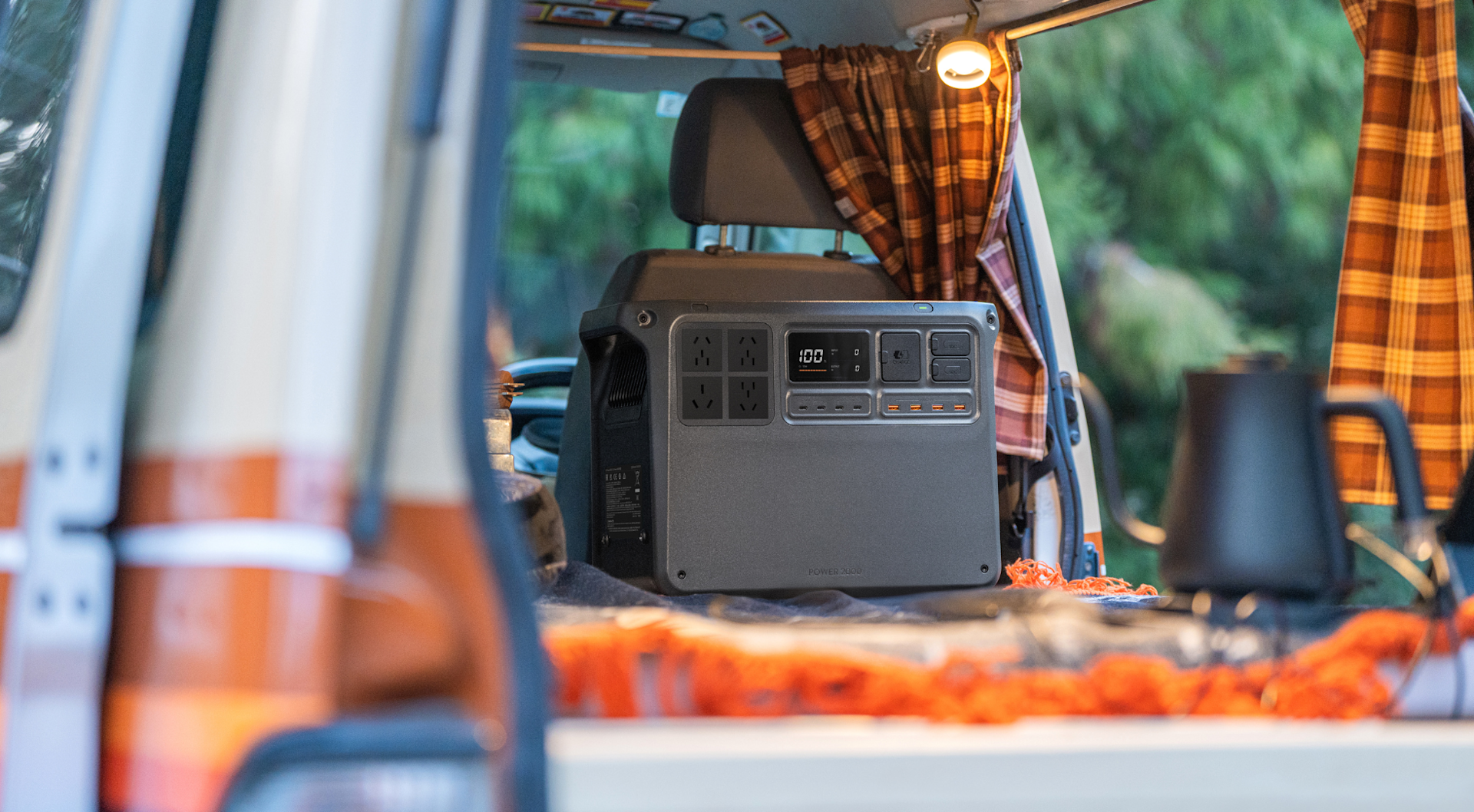
DJI Power 2000
Use the DJI Power 1kW Super Fast Car Charger with the Power 2000, 1000 V2, and 1000, for keeping your stations fully charged in the field. To charge the Power 500 via car, DJI Car to SDC Power Cable.
Safety features
Safety is central to the DJI Power range.
Both the Power 2000 and Power 1000 V2 are designed with a focus on safety and long-term reliability.
They use advanced temperature sensors to monitor internal heat, fuses for circuit protection, and robust battery management systems. These features help prevent overheating, electrical faults, and damage from tough environments, so you can use your power station confidently wherever you are.
The Power 2000 features a long-life LFP battery, engineered to retain 80% capacity after 4,000 cycles. Its flame-retardant, impact-resistant case is designed for tough environments, while a seamless UPS mode ensures instant backup during outages. An advanced battery management system provides 26 temperature sensors and 21 fuses for comprehensive thermal and circuit protection.
The Power 1000 V2 also uses a high-grade LFP battery, with 80% capacity retention after 4,000 cycles and up to 10 years of daily use. Its intelligent battery management system includes 19 temperature sensors—nearly double that of the Power 1000—and 25 fuses for enhanced circuit protection. The build is flame-retardant and impact-resistant, rated to withstand 1-ton static pressure.
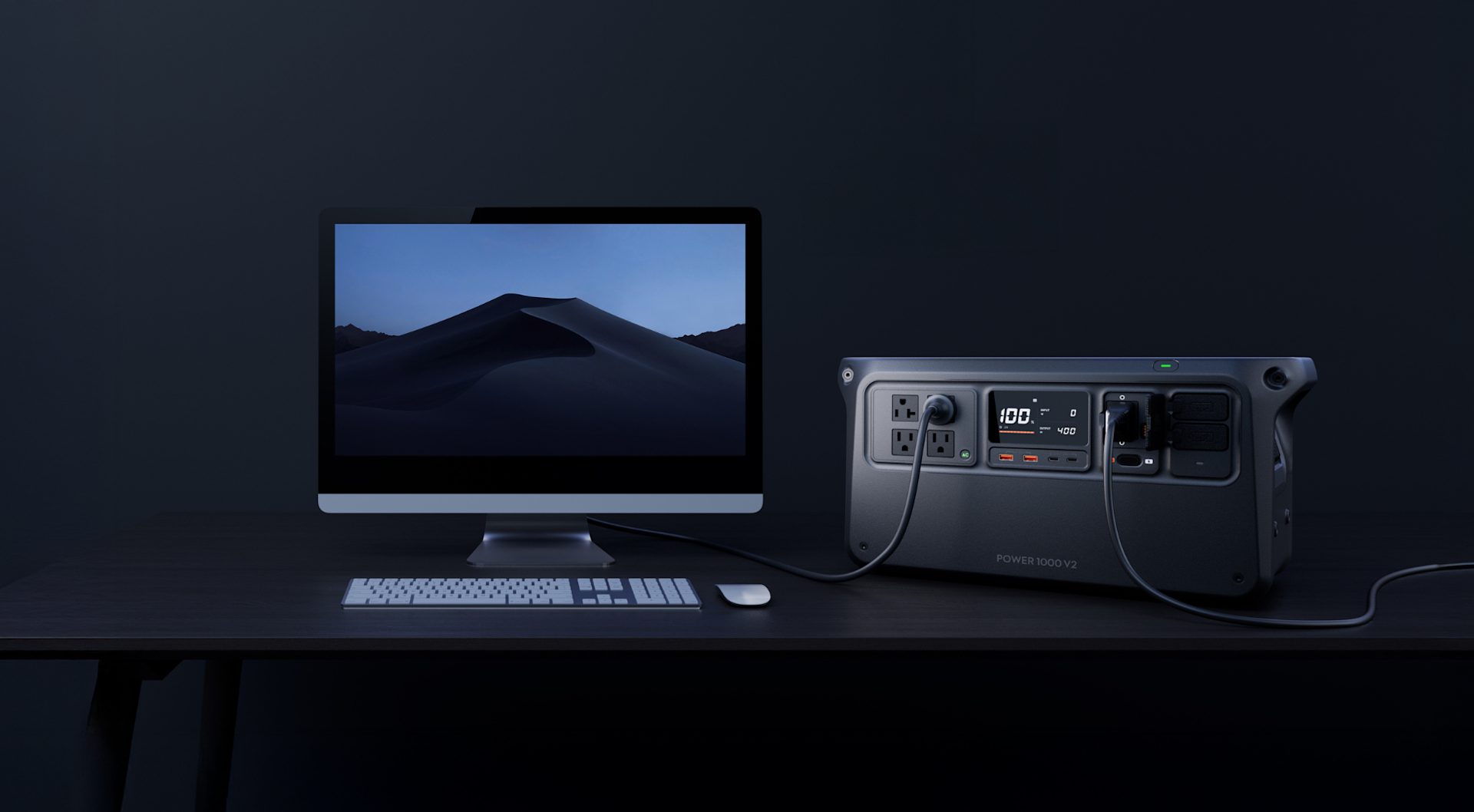
DJI Power 1000 V2
Both the Power 1000 and Power 500 include LFP batteries rated for up to 3,000 cycles and a 10-year lifespan, with SGS Switzerland Authority certification across 26 safety, mechanical, and environmental tests.
Each has an intelligent battery management system with 11 temperature sensors for real-time thermal monitoring, multiple circuit fuses, and strong, flame-retardant housings for reliable performance even in demanding conditions.
Remote control and monitoring with the DJI Home App
All DJI Power stations in the series can be remotely controlled and monitored using the DJI Home app, adding a new level of convenience to portable power management.
Through the app, users can monitor real-time power status, track battery levels, and adjust output settings directly from their smartphone or tablet.
This includes controlling AC output, managing charging parameters, and overseeing the status of expansion batteries and connected devices—all without needing to be physically next to the unit.
For users managing multiple devices or operating in large or busy locations, the app enables efficient supervision and quick adjustments on the go. Notifications alert you to important updates, such as charging progress or power supply changes, ensuring you’re always informed.
Whether you’re on set, at a remote site, or camping off-grid, the DJI Home app makes it easy to keep your power station performing optimally from anywhere.
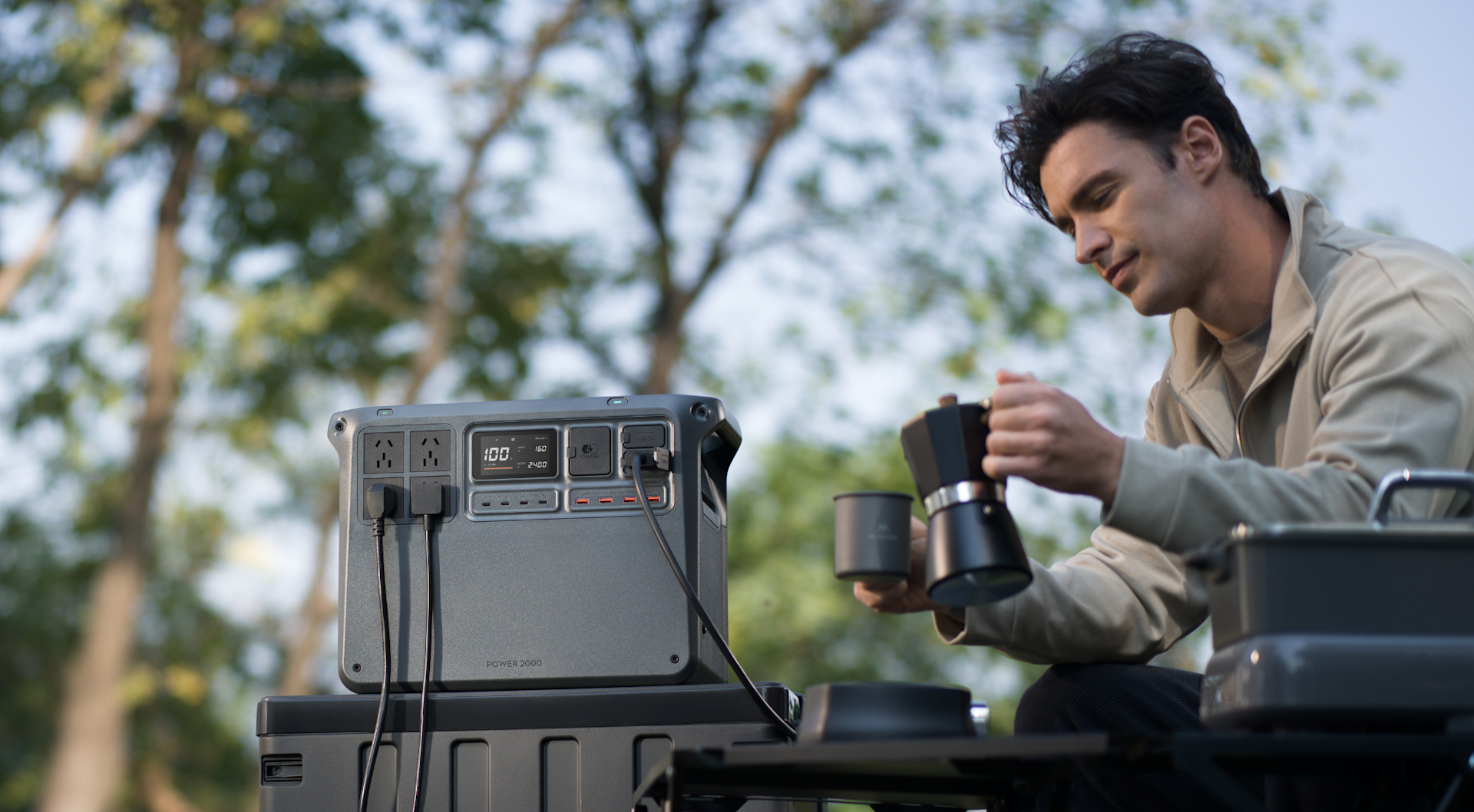
DJI Power 2000
Summary
Overall, the DJI Power Series covers everything from high-demand projects to travel backup, all with advanced safety, fast charging, and app control.
Choose the Power 2000 for maximum output, the Power 1000 V2 for balanced versatility, and the Power 500 for lightweight travel and essential charging.
If you have any questions about the Power series, don’t hesitate to contact our team to discuss your options.


